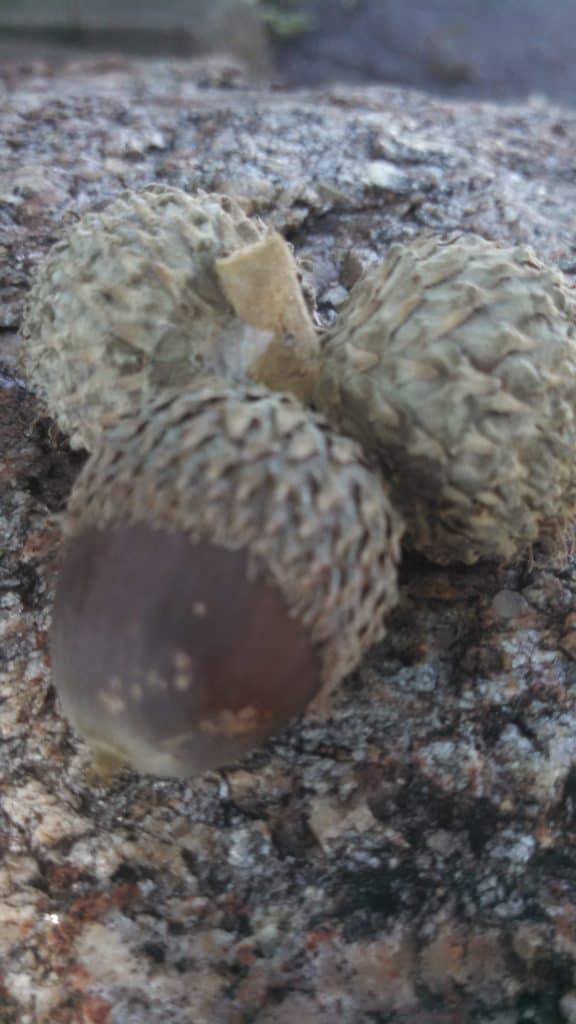The sallow tones of late Summer were exacerbated by the ripened afternoon sun that made visible every flaw and anomaly. A fine, golden mist was suspended in the thick, gummy air, never quite making it to the ground. It fell silently and subtly, dampening nothing.
The mist was not falling from the sky but rather the trees. But what is it?
Most likely, it’s a substance called “Honeydew” which is a sticky, syrupy substance secreted by aphids and other insects who feed on the trees. Honeydew, in turn, attracts ants, bees and other insects who like to feed on the sugary substance, so is its presence indicative of a bigger issue?
Yes and no. Honeydew in and of itself does not harm the plant, but the insects can and often do. Further still, the presence of Honeydew can create the perfect environment from which sooty mold will grow and can affect the plant’s ability to photosynthesize.
Aphids, which come in a multitude of colors, many times, can be removed simply with high pressure water from a hose. Pesticides, like malathion or permethrin, are generally a last resort and should be applied according to the manufacturer’s label. We always recommend reaching out to a tree expert when it comes to large, mature trees.

Oak’s have another specific problem which seems to be related to their fruits, or acorns, aptly named “drippy nut disease”. Acorns may begin to leach a sticky substance which is actually caused by bacteria. Said bacteria is introduced to the acorn via weevils, wasps or other insects. During warm Summer months, the sticky substance begins to leak on anything and everything nearby. Generally, this is not endemic to the tree but can affect the germination rate of infected acorns, and really, there is nothing that can be done.
If you find yourself, your car, your patio furniture, etc. covered with a sappy, sticky substance, you may want to do a little investigating. When in doubt, always reach out to Sweeney’s. Most likely, you’re dealing with “Honeydew”, but it’s always best to have an expert diagnose, particularly when dealing with large, mature trees.
Plant of the Week
Photo courtesy of Midwest Groundcovers
Desert Plains Fountain Grass
Vase shaped clump of delicate upright foliage whose feathery seed heads bloom September – October. Tips of foliage begin to turn a deep red in Mid-Summer transitioning to orange and gold. Prefers full sun and moist, well-drained soil. Grows 3-4′ tall and 3-4′ wide. Deer resistant and offers wonderful Fall color.
“The sun tires of summer and sighs itself into autumn.”
-Terri Guillemets
Best wishes,
Kim Sweeney
